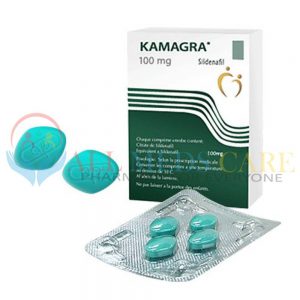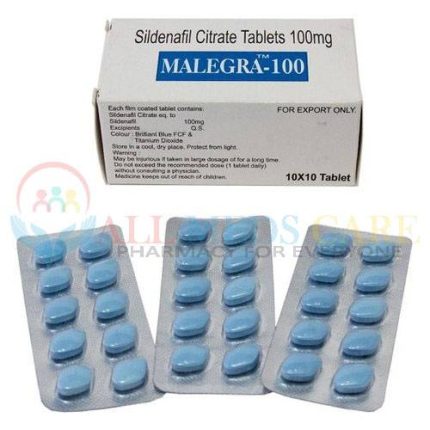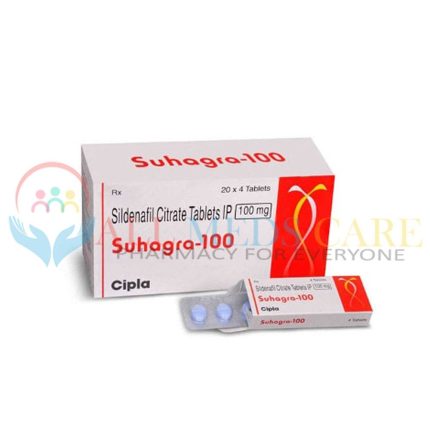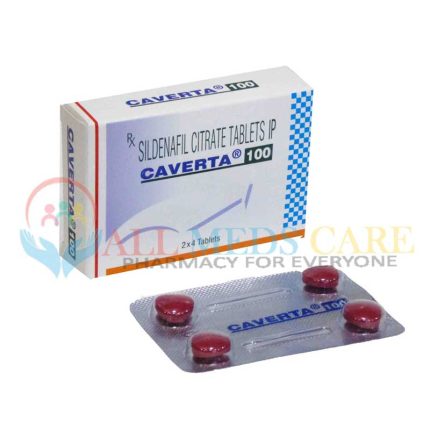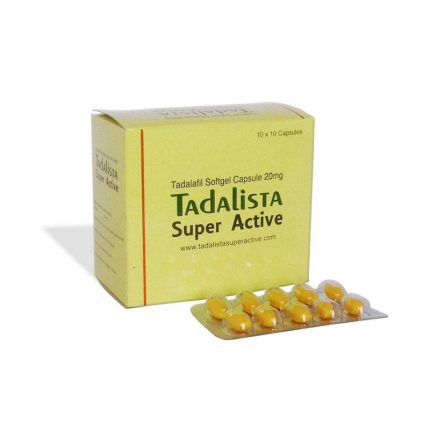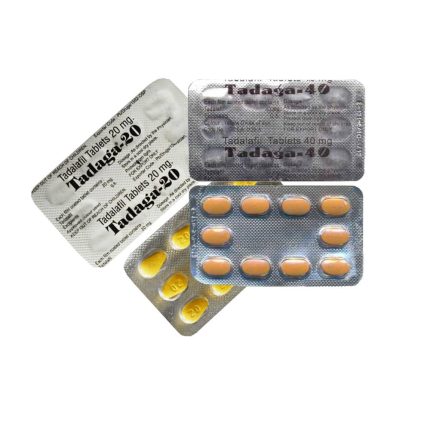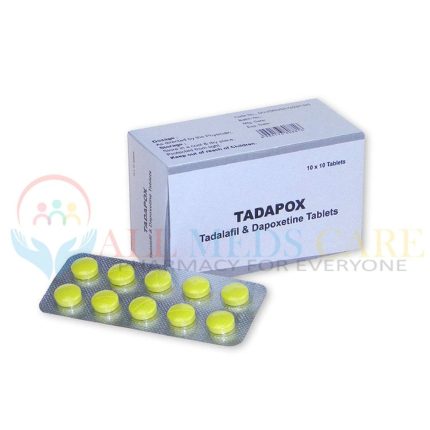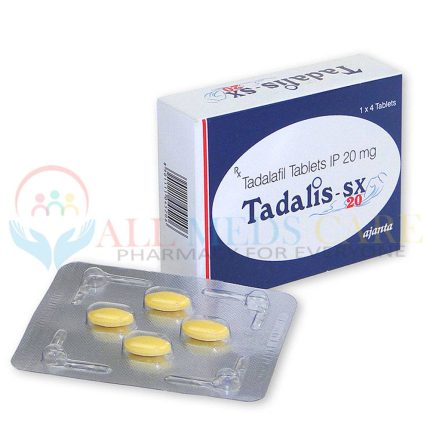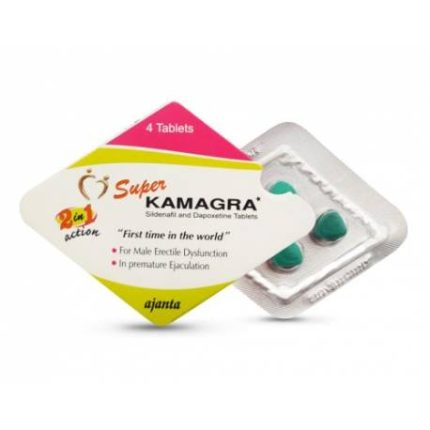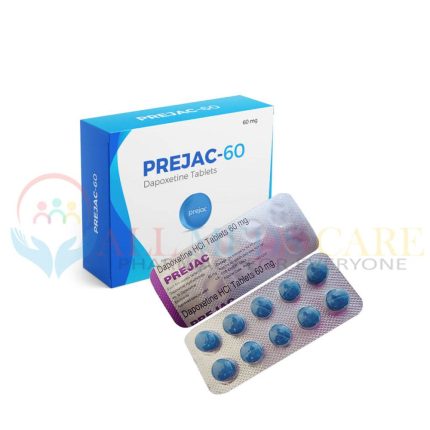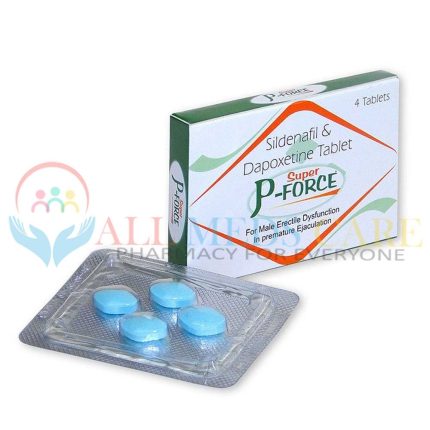- Sildenafil Citrate
-
Kamagra $56.00 – $236.00
-
Malegra 100mg $49.00 – $213.00
-
Suhagra 100mg
Rated 4.77 out of 5$38.00 – $164.00 -
Caverta 100mg
Rated 5.00 out of 5$160.00 – $720.00 -
Fildena 100mg
Rated 5.00 out of 5$49.00 – $212.00
-
- Tadalafil
-
Tadalis Soft Gel Capsule 20mg $56.00 – $215.00
-
Vidalista 20mg $46.00 – $192.00
-
Tadaga 40mg $68.00 – $249.00
-
Tadapox 80mg $67.00 – $264.00
-
Tadalis 20mg
Rated 5.00 out of 5$65.00 – $182.00
-
- Vardenafil
-
Snovitra 20mg
Rated 4.00 out of 5$67.00 – $234.00 -
Vilitra 20mg
Rated 4.00 out of 5$68.00 – $165.00
-
- Dapoxetine
-
Super Kamagra 160mg
Rated 4.83 out of 5$124.00 – $455.00 -
Prejac 60mg
Rated 4.67 out of 5$56.00 – $125.00 -
Tadapox 80mg $67.00 – $264.00
-
Super P-Force 160mg $73.00 – $250.00
-
Thiamine deficiency is very crucial for human body. Thiamine, commonly known as vitamin B1, is an essential nutrient with significant roles in the body. Thiamine is a water-soluble vitamin, which means the body cannot store it, and any excess is eliminated through urine.
Thiamine helps the body’s cells convert carbohydrates into energy and supports the healthy functioning of the heart, muscles and neurological system. Thiamine is essential for producing adenosine triphosphate (ATP), the energy currency of cells.
Thiamine promotes healthy digestion and normal growth and development of body cells. Without adequate thiamine, cells cannot produce enough energy to perform their functions properly.
Thiamine is found naturally in many foods such as whole grains, meat, fish, eggs, legumes, nuts, seeds and some fruits and vegetables. Good dietary sources of thiamine include fortified breakfast cereals, wheat germ, sunflower seeds, trout, pork, Brazil nuts, lentils, edamame, nutritional yeast, and acorn squash. The recommended daily intake for thiamine in adult women is 1.1-1.2mg and in adult men is 1.2-1.3mg.
Causes of Thiamine Deficiency
- Inadequate dietary intake – This is the most common cause. Whole grains, meat, fish, legumes, and milk are good sources of thiamine. A diet lacking in these thiamine-rich foods can lead to a deficiency over time. In particular, chronic alcoholism interferes with the absorption of thiamine from food.
- Malabsorption – Some gastrointestinal disorders, such as Crohn’s disease, ulcerative colitis, and gastric bypass surgery, can interfere with thiamine absorption from food.
- Increased need for thiamine – Thiamine requirements are greater during periods of rapid growth, high metabolic demands, and recovery from illness or pregnancy. Deficiency may occur if intake is not increased to meet this requirement.
- Excessive excretion – Many diseases, including diabetes, thyroid issues, and long-term dialysis, can cause the body to excrete excess amounts of thiamine. Medications such as diuretics, birth control pills, and some antibiotics can also cause increased loss of thiamine.
Risk Factors of Thiamine Deficiency
Certain conditions and populations are more likely to experience a deficiency in thiamine. Some of the main risk factors include:
- Alcoholism – Excessive alcohol consumption depletes thiamine stores in the body and affects thiamine absorption and utilization. Chronic drinkers often have poor diets and may also suffer from malnutrition, which contributes to thiamine deficiency.
- Gastric bypass surgery – In this type of weight loss surgery, it becomes more difficult for the body to absorb thiamine and other nutrients. After surgery, patients must take vitamin supplements to prevent deficiencies.
- HIV/AIDS – For unclear reasons, HIV infection has been linked to decreased thiamine levels. According to one study, more than 30% of HIV patients lack certain skills. Antiretroviral treatment may increase the deficiency.
- Diabetes – Patients with diabetes, especially type 1, typically have low thiamine levels. This may be due to increased urinary excretion of thiamine. Diabetic neuropathy can also impair thiamine absorption.
Signs and Symptoms of Thiamine Deficiency:
Thiamine deficiency can manifest itself in various signs and symptoms, some of which include:
- Fatigue and weakness – People who lack thiamine may feel excessively tired and weak overall.
- Irritability and confusion – Thiamine is crucial for proper brain function and a deficiency can cause irritability, poor concentration, and confusion.
- Loss of appetite – Some people with thiamine deficiency may experience a decreased appetite or a complete loss of interest in food.
- Weight loss – Thiamine deficiency can cause unintentional weight loss due to reduced food intake.
- Nerve-related issues – Peripheral neuropathy is a condition characterized by numbness, tingling, and pain in the hands and feet caused by a deficiency of thiamine.
- Muscle weakness – Muscle weakness and reduced muscle tone can be caused by thiamine deficiency, which affects muscle function.
- Cardiovascular problems – In severe cases of thiamine deficiency, the heart may be affected, leading to heart failure and cardiovascular complications.
- Mental disturbances – Thiamine deficiency can lead to psychological symptoms like anxiety, depression, and memory impairment.
The Serious Consequences: Complications Associated with Untreated Thiamine Deficiency
Untreated thiamine deficiency can cause several severe complications, including:
- Wernicke-Korsakoff Syndrome – It is a severe neurological disorder caused by thiamine deficiency, associated with prolonged alcoholism. Wernicke’s encephalopathy is an acute neurological disorder characterized by ophthalmopathy (paralysis of the eye muscles), ataxia (lack of muscle coordination), and confusion. If left untreated, it can progress to Korsakoff syndrome, which can cause severe memory loss, cognitive impairment, and confusion (false memories).
- Beriberi Disease – Thiamine deficiency can cause Beriberi, which is characterized by muscle weakness, peripheral neuropathy, cardiovascular problems, and edema due to the accumulation of fluid in the body. There are two primary types of beriberi: Dry beriberi, which mainly affects the nervous system and causes peripheral neuropathy and muscle wasting, and wet beriberi, which affects the cardiovascular system and causes heart failure.
- Neurological Damage – If thiamine deficiency persists for an extended period, it can significantly harm the nervous system. It can lead to long-lasting neurological deficits, including memory loss, impaired cognitive function, and problems with balance and coordination, by causing irreversible damage to neurons.
Diagnosis of Thiamine Deficiency
Blood tests – Blood tests can be used to determine thiamine and thiamine-dependent enzyme levels in the blood. If the levels are low, it could indicate a deficiency. The most common tests are:
- Erythrocyte transketolase activity coefficient (ETKAC) – This test measures transketolase enzymes that depend on thiamine. Higher levels indicate deficiency.
- Thiamine Pyrophosphate (TPP) effect– This directly measures thiamine blood levels.
- Urine Tests – High levels of thiamine metabolism in the urine may be a sign of thiamine deficiency. These include the thiochrome and pyrimidine tests.
- Diet History – An evaluation of a patient’s diet intake can help determine whether they are getting enough thiamine from food sources. This may involve conducting dietary habit questionnaires or analyzing food logs. A diet high in polished rice, white flour, or alcohol may lead to a deficiency.
Treating and Preventing Thiamine Deficiency
- Dietary Changes – The key to both treating and preventing thiamine deficiency is to increase your intake of foods high in thiamine. Good dietary sources of thiamine are whole grains, fortified cereals, legumes, nuts, seeds, lean meats, fish, and enriched rice. Including these foods in your regular meals will help ensure you are getting enough thiamine.
- Thiamine Supplementation – In cases of severe thiamine insufficiency or when dietary changes are insufficient, healthcare providers may recommend thiamine supplements. These supplements are usually prescribed or available over the counter as thiamine hydrochloride or thiamine mononitrate. It is important to follow the dosage and duration recommendations made by your healthcare practitioner for supplementation.
- Managing Underlying Conditions – If you have a thiamine deficiency caused by an underlying medical condition, such as gastrointestinal disorders or alcoholism, it is important to effectively address and manage these conditions. This may require treatment plans, lifestyle modifications, and support from healthcare providers or support groups.
- Regular Medical Monitoring – It is essential to have regular medical check-ups and monitoring to assess your thiamine levels and overall health. This is particularly important if you have a known risk factor for thiamine deficiency or if you are receiving treatment for a condition that may impact thiamine absorption or utilization.

